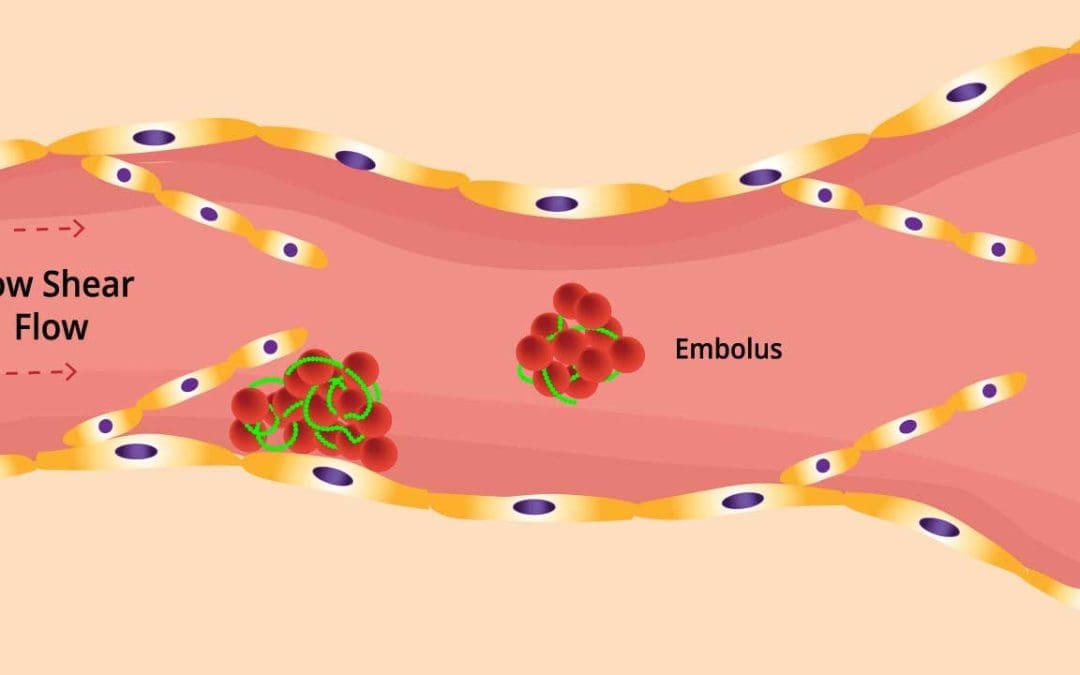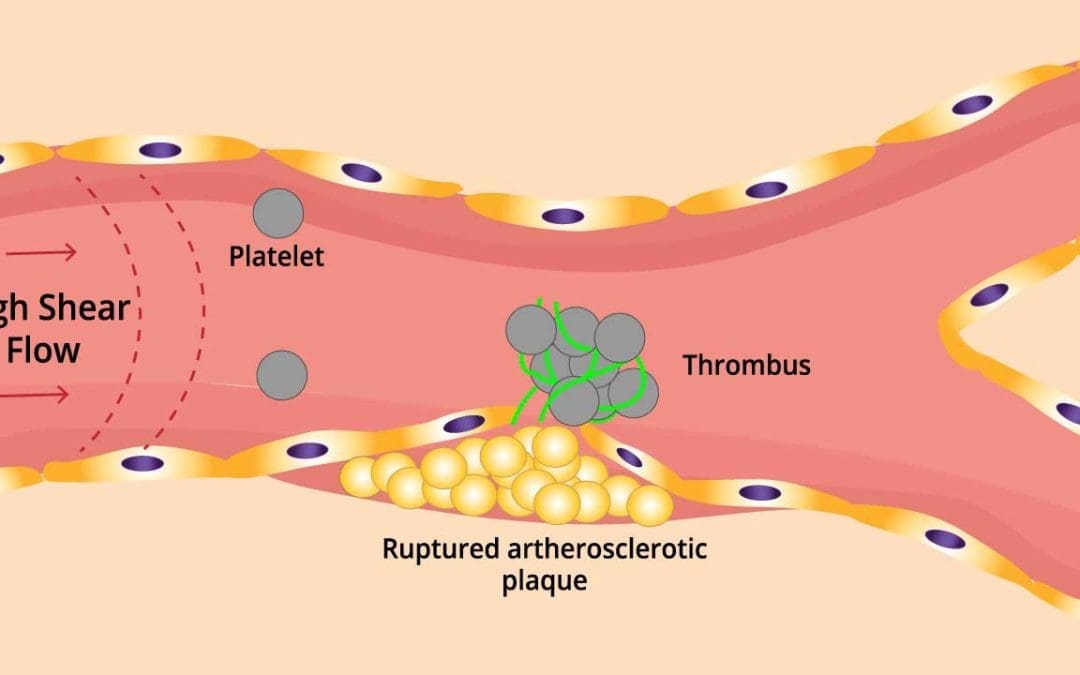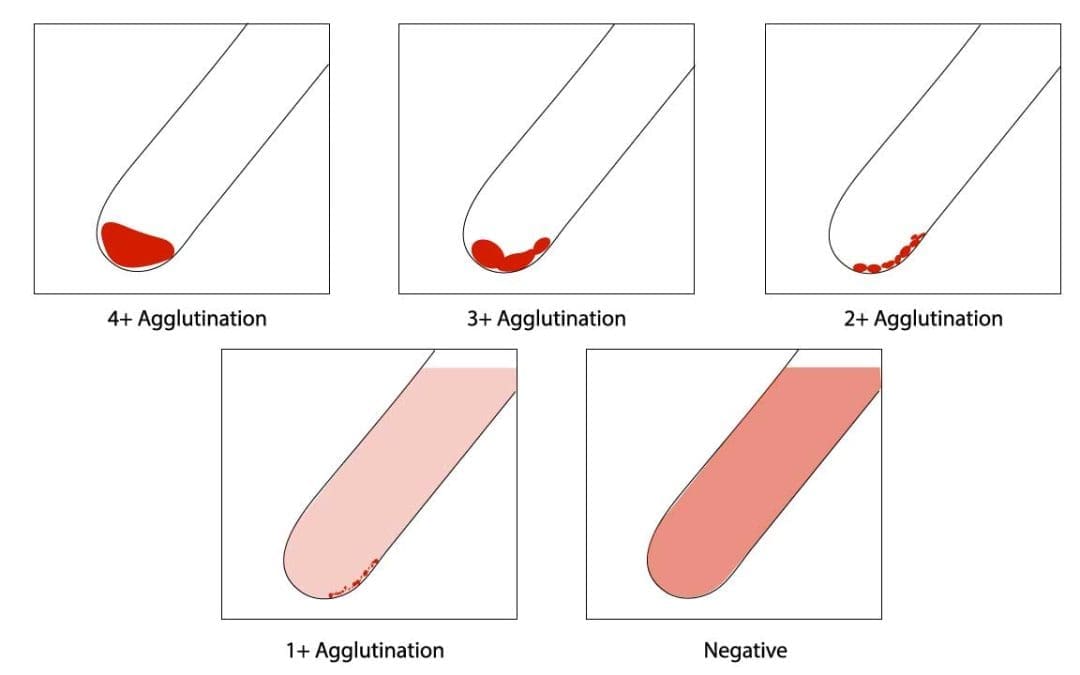
by MH Team | Dec 27, 2023 | Platelet Disorders
TL;DR Venous thromboembolism (VTE) is a condition where a blood clot (thrombosis) forms in a deep vein, usually in the leg (deep vein thrombosis) or pelvis, and can travel to the lungs, causing a pulmonary embolism. This is a serious condition that can be...

by MH Team | Dec 22, 2023 | Platelet Disorders
TL;DR Arterial thrombosis forms when a clot blocks an artery, cutting off blood supply to vital organs. Risk factors ▾: Age, smoking, high cholesterol, diabetes, and others. Symptoms ▾: Sudden pain, weakness, numbness, and discoloration can signal a...

by MH Team | Dec 21, 2023 | Lab Protocols, Transfusion Medicine
Procedure At A Glance The purpose of Rh typing is to determine the presence or absence of the RhD antigen on an individual’s red blood cells to prevent transfusion reactions and hemolytic disease of the newborn (HDN). Label tubes. Add a drop of a 2-5% patient...

by MH Team | Dec 20, 2023 | Lab Protocols, White Blood Cells
Introduction Immunohistochemistry (IHC) staining is a powerful technique that allows us to peek into the intricate world of protein expression within tissues. IHC staining transcends the limitations of traditional histological stains like hematoxylin and eosin...

by MH Team | Dec 19, 2023 | Lab Protocols, Platelet Disorders
Introduction When a blood vessel is injured, platelets rush to the scene, forming a sticky plug to seal the wound and prevent blood loss. This vital process is called platelet aggregation, and its effectiveness is often assessed through a crucial test: the platelet...







Recent Comments